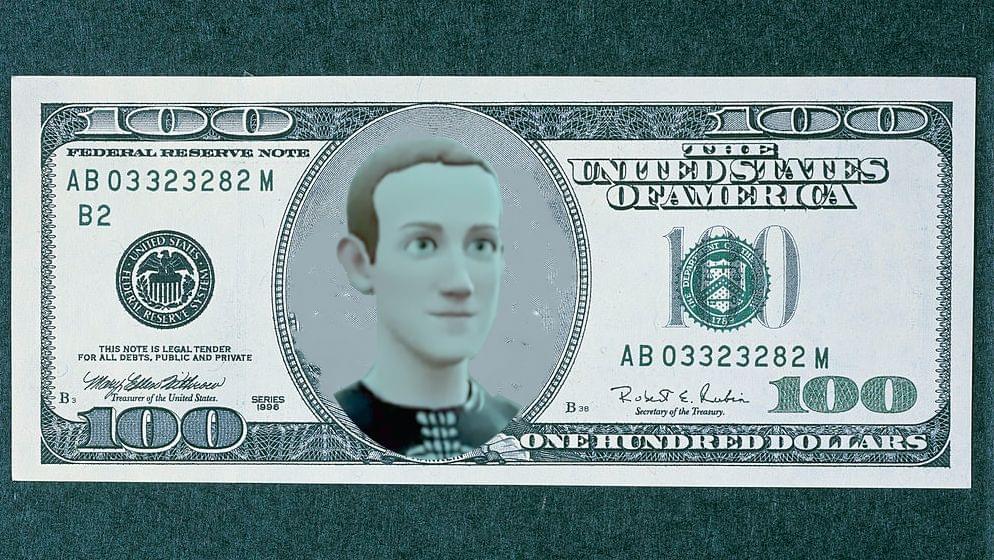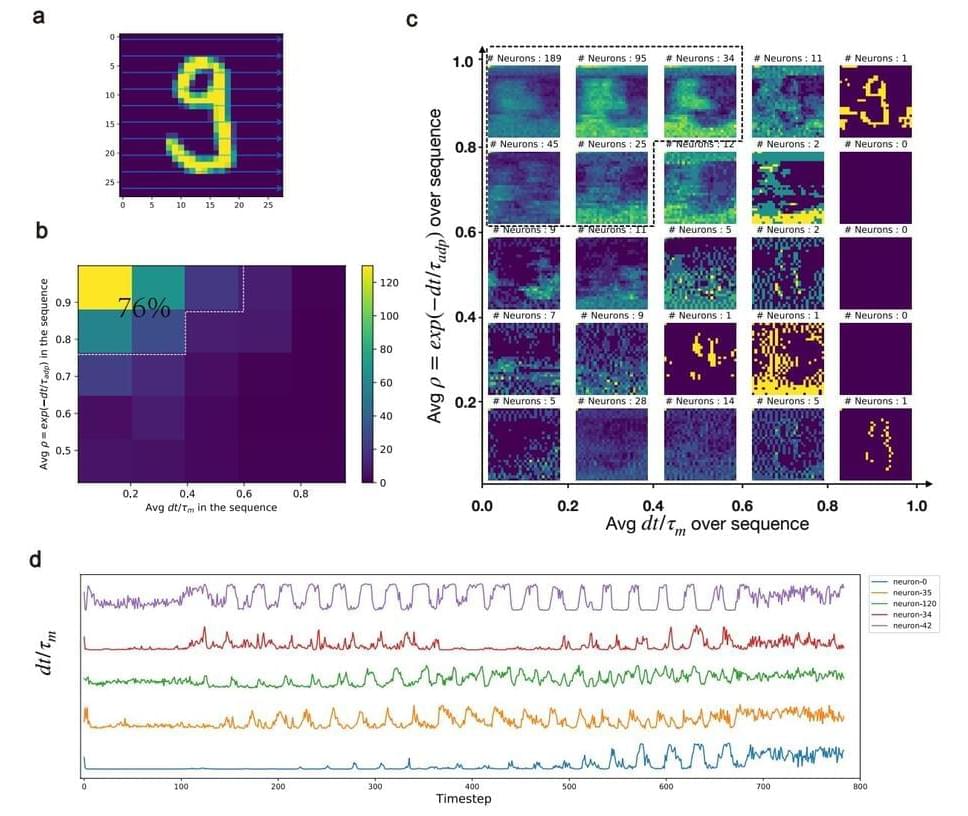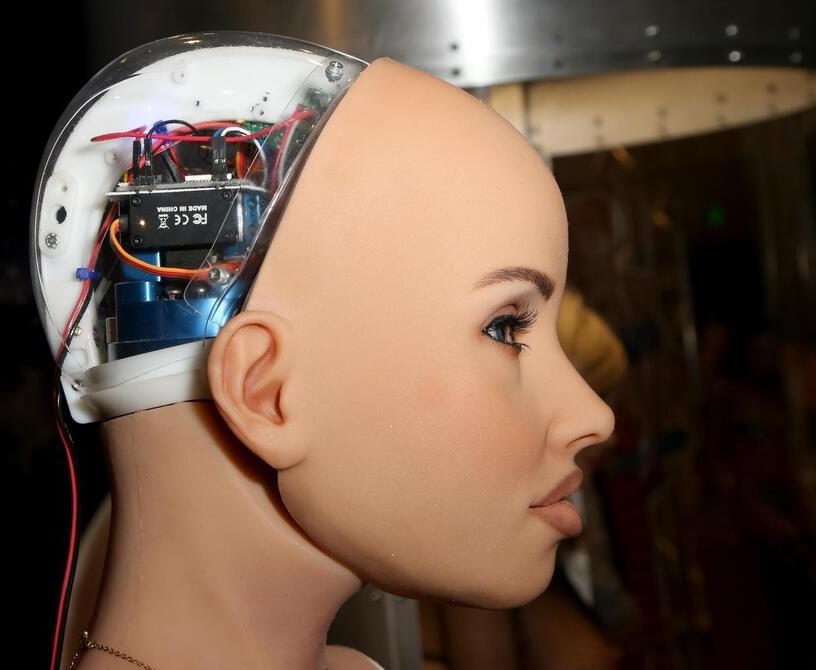Cornell University researchers have developed a robot, called ReMotion, that occupies physical space on a remote user’s behalf, automatically mirroring the user’s movements in real time and conveying key body language that is lost in standard virtual environments.
“Pointing gestures, the perception of another’s gaze, intuitively knowing where someone’s attention is—in remote settings, we lose these nonverbal, implicit cues that are very important for carrying out design activities,” said Mose Sakashita, a doctoral student of information science.
Sakashita is the lead author of “ReMotion: Supporting Remote Collaboration in Open Space with Automatic Robotic Embodiment,” which he presented at the Association for Computing Machinery CHI Conference on Human Factors in Computing Systems in Hamburg, Germany. “With ReMotion, we show that we can enable rapid, dynamic interactions through the help of a mobile, automated robot.”





